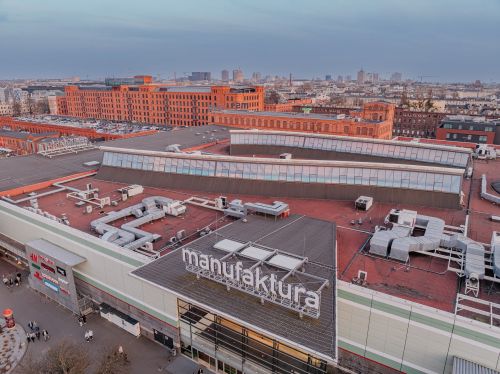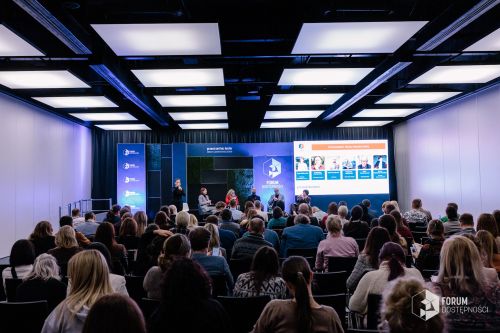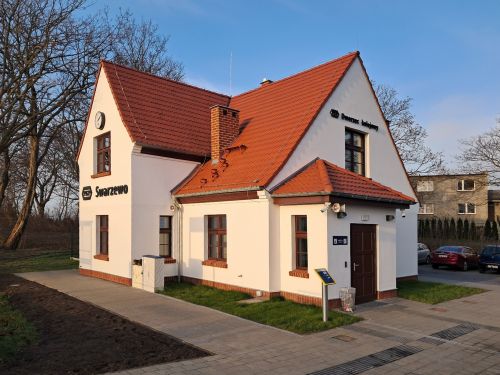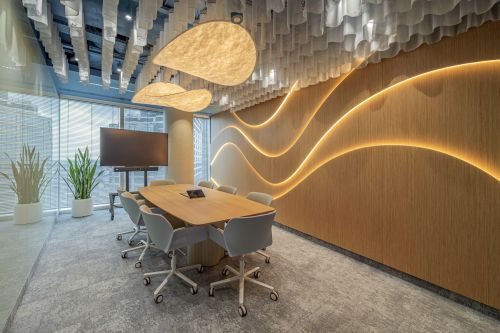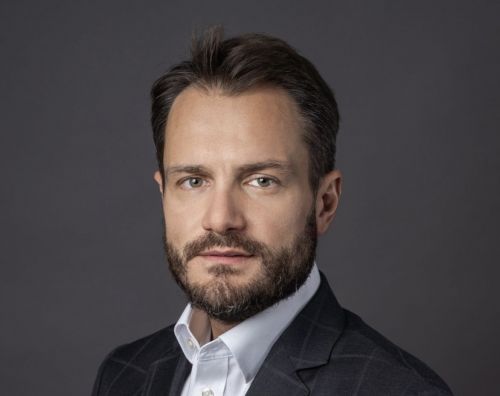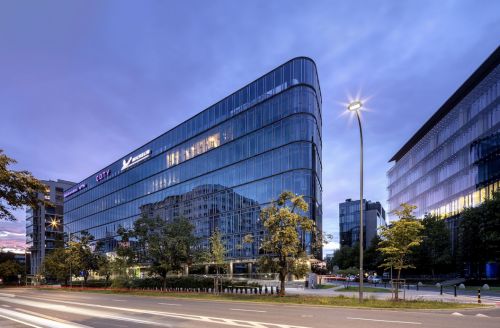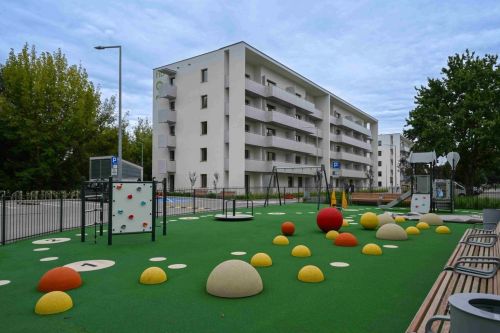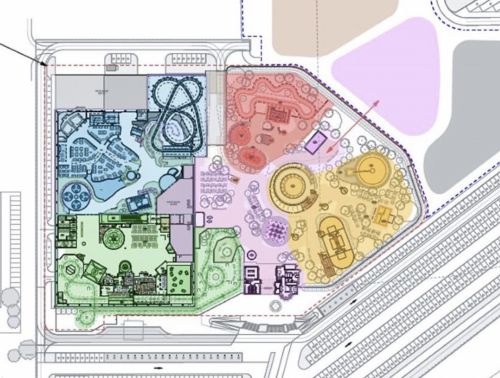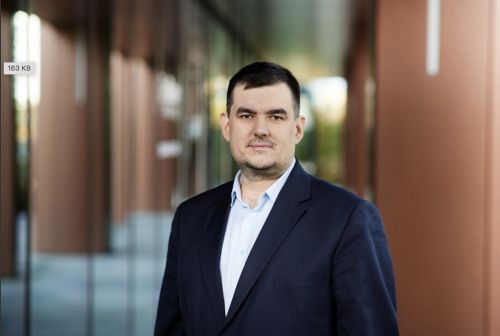Countries in Central Europe are not usually so large. Their economies and administrations are mainly focused on the biggest cities – the capitals. However, as the countries develop, more and more offices are appearing in large provincial citiesEmil Górecki Poland – the biggest and the most populous country in this part of Europe, can also boast of having the largest office markets outside its capital city. There are a number of big markets to be found in the country – in Kraków, the TriCity, Poznań, the Katowice conurbation, Wrocław, Szczecin and Łódź. According to the estimates of CB Richard Ellis, they collectively have app. half as much modern office space as Warsaw itself – over 1.9 mln sqm – but nevertheless this is still a good result. The vacancy rates in these cities vary from app. 4 pct in Szczecin to 6.5 pct in Wrocław, 19 p





































